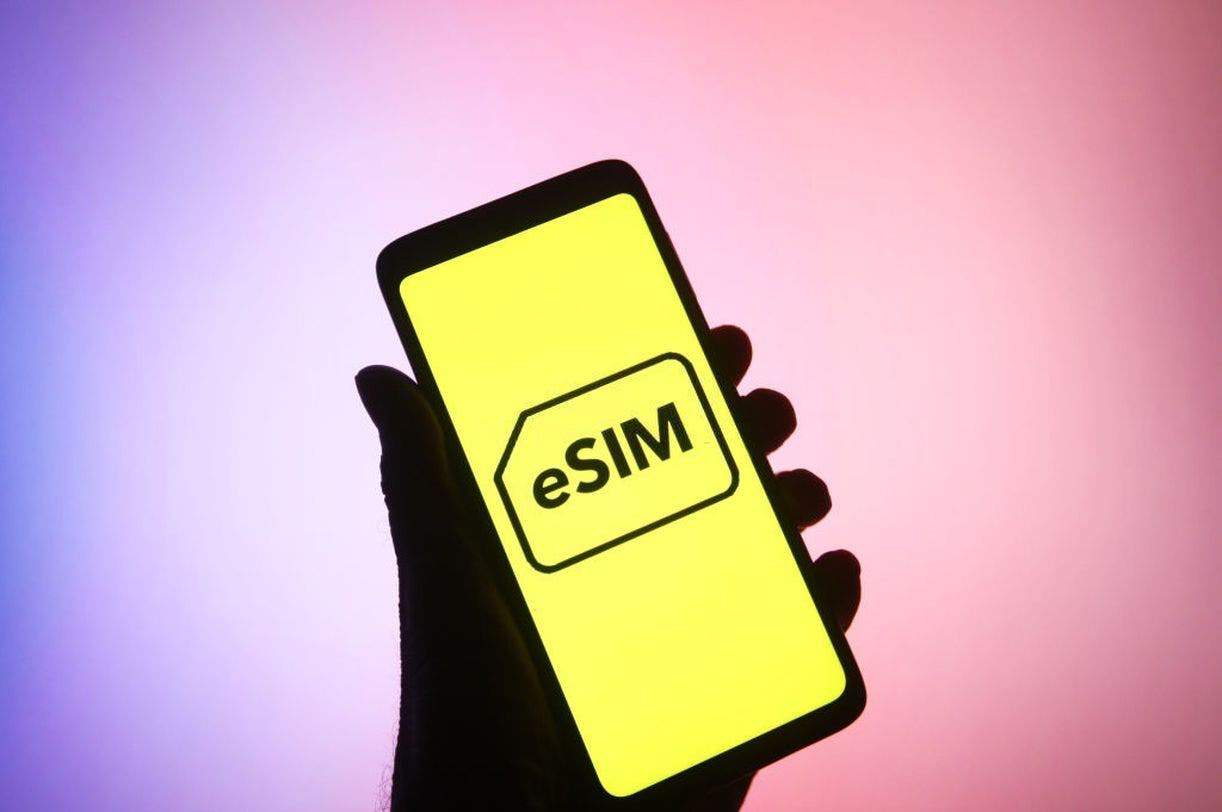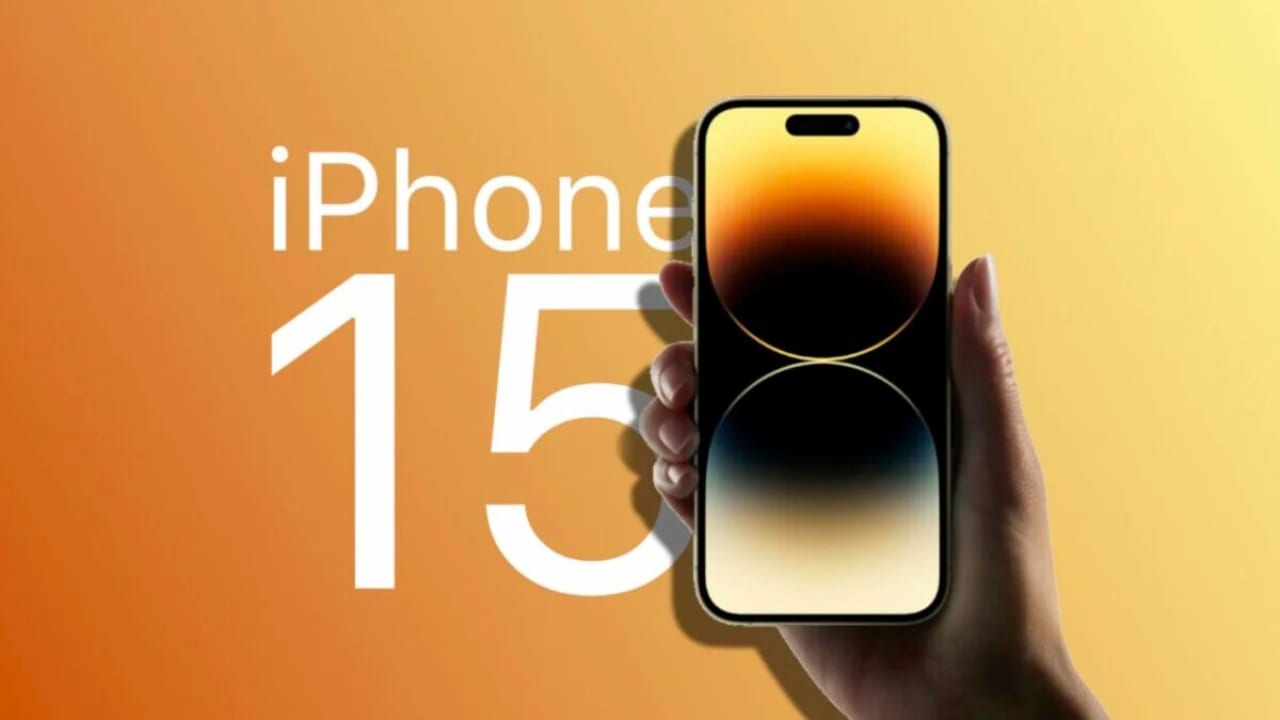The iPhone 15’s eSIM Only Design Examining the Pros and Cons
The upcoming iPhone 15 lineup is rumored to be ditching physical SIM card slots in favor of an eSIM (embedded SIM) only design. This controversial decision has sparked much debate among tech enthusiasts about whether or not removing SIM card slots is truly beneficial for iPhone users. In this detailed article, we will analyze the potential positives and negatives to going eSIM only on the iPhone 15.
What is an eSIM?

An eSIM, or embedded SIM, is a programmable SIM card chip that is built directly into a device’s motherboard. Unlike physical nano-SIM cards that can be inserted into a tray slot, eSIMs cannot be removed or transferred between devices. The main advantage of an eSIM is convenience – users do not have to obtain a SIM card from their carrier, as the eSIM is already part of the device’s hardware. eSIMs can also be quickly updated over-the-air with different network profiles.
The Rumored iPhone 15 eSIM Transition
According to reputable analysts like Ming-Chi Kuo, Apple plans to remove physical SIM card slots starting with some iPhone 15 models in 2023. This would mean iPhone 15 users must activate service and switch between carriers entirely through eSIM. The eSIM rumor has been circulating for a couple years now, but many believe Apple is finally ready to make the transition with its next flagship lineup.
Kuo predicts that the iPhone 15 Pro and iPhone 15 Pro Max will be the first to go eSIM only. The standard iPhone 15 and iPhone 15 Plus may still retain physical SIM slots for one more generation. By 2024, it’s expected that all new iPhone models will rely solely on eSIM connectivity.
Examining the Benefits of eSIM Only iPhones
Here are some of the most compelling benefits of Apple switching to eSIM only iPhones:

Streamlined Design
Removing the SIM card slot would allow for more internal space and a further refined industrial design. With eSIM, Apple no longer has to worry about fitting a tray slot on the iPhone’s logic board. This extra room could be used for a larger battery, new sensors, or other components.
Enhanced Water Resistance
Eliminating the physical SIM card slot will also improve water and dust resistance on iPhone 15 models. The SIM tray opening is one of the few external ports on iPhone, and thus a potential point of failure for waterproofing. An eSIM only design reduces openings in the housing.
Added Security
Since eSIM profiles are stored in the iPhone’s secure element chip, they offer more protection against SIM swapping attacks. With physical SIM cards, users are more vulnerable to hackers who fraudulently port their number to a different SIM. eSIM makes this type of SIM hacking much harder to pull off.
More Cellular Plan Flexibility
eSIM technology also allows iPhone users to activate multiple cellular plans from different carriers more easily. For example, you could have a line for personal use and a separate line for work. Travelers can also quickly activate temporary data plans in different countries through eSIM.
Streamlined Activation Account Switching
Activating a new cellular plan or switching carriers can be done entirely over-the-air with eSIM. You no longer have to wait for a SIM card to ship or visit a retail store for set up. This saves time and effort when signing up for phone service.
Examining the Drawbacks of eSIM Only iPhones
However, there are also some notable drawbacks to weigh when considering a wholesale shift to eSIM:
Limited Carrier Support
Although eSIM support has improved dramatically over the past few years, there are still many smaller regional carriers that do not offer eSIM connectivity. This could limit options for some consumers who prefer more niche providers. Those carriers will need to update their networks before supporting eSIM iPhone activations.
Frequent Travelers Impacted
Frequent international travelers often rely on swapping out physical SIM cards when visiting different countries. With eSIM only iPhones, switching carriers is not quite as straightforward. Travelers will need to contact providers ahead of time to set up temporary eSIM profiles.
More Dependency on Carriers
The eSIM setup process often still involves contacting your carrier directly. Some users fear this gives carriers more control compared to simply popping in a new SIM card on your own terms. However, Apple does allow eSIM transfers between iPhones via Bluetooth without needing carrier assistance.
Less Resale Value for Used iPhones
On the secondhand market, iPhones with eSIM may be less valuable to buyers than devices with physical SIM slots. If you can’t easily remove the previous owner’s eSIM, it reduces flexibility for the next user. Apple will need to implement an eSIM factory reset of sorts before reselling.
No Choice Between eSIM Physical SIM
Finally, some customers just prefer the familiarity of a physical nano-SIM card, and don’t want to be forced into eSIM only. With the iPhone 15 eSIM only, Apple risks alienating these users by removing the SIM card slot completely. However, over time as eSIM adoption grows, this complaint will subside.
Our Take on iPhone 15 eSIM
Considering both the pros and cons, we believe moving to eSIM only makes sense for the iPhone 15, at least for Pro models aimed at early adopters. The benefits around design, water resistance, and security outweigh the drawbacks in 2023. And as carriers improve their eSIM support, the downsides will only decrease further in the coming years. There will undoubtedly be some initial growing pains, but the wireless industry is clearly headed towards eSIM becoming the new normal. Overall, physical SIM slots feel outdated on a modern 2023 iPhone. Apple is making the right call to embrace eSIM technology moving forward.
Frequently Asked Questions About iPhone 15 eSIM
Here are answers to some common questions about the iPhone 15’s rumored eSIM only design:
Q: Will all iPhone 15 models use eSIM instead of physical SIM?
A: Based on current predictions, only the iPhone 15 Pro and Pro Max will go eSIM only in 2023. The standard iPhone 15 and Plus may keep physical SIM slots for one more year.
Q: Can I still use my existing phone number and carrier with eSIM?
A: Yes, you can transfer your existing cellular plan and phone number to eSIM when activating your iPhone 15. Contact your carrier to facilitate this.
Q: How do I activate eSIM on iPhone 15?
A: Tap Settings > Cellular > Add Cellular Plan to begin the eSIM activation process. You will be prompted to scan a QR code provided by your carrier.
Q: Is eSIM just as secure as a physical SIM card?
A: eSIM offers superior security compared to physical SIM cards, since eSIM profiles are stored securely on the device and are harder to swap or hack.
Q: If I have eSIM, do I need a cellular plan right away?
A: No, you can use iPhone 15 with just WiFi initially. eSIM allows you flexibility to add a cellular plan from your carrier later on whenever you want.
Q: Can I still use dual SIM with eSIM on iPhone 15?
Yes, dual SIM functionality will work the same way. You can add a second cellular plan via eSIM for dual SIM capabilities.
Conclusion
While ditching physical SIM card slots is a major shift for iPhone, Apple seems ready to fully embrace eSIM technology on its 2023 devices. The purported iPhone 15 Pro models will likely pioneer this transition towards eSIM only connectivity. There are some definite perks around design, security, and flexibility. And as cellular carriers improve their eSIM support, the downsides around travel and carrier switching should minimize over time. Expect a learning curve initially, but eSIM looks to be the inevitable future. We’ll know for sure if Apple makes this polarizing decision when the iPhone 15 lineup debuts next Fall.




